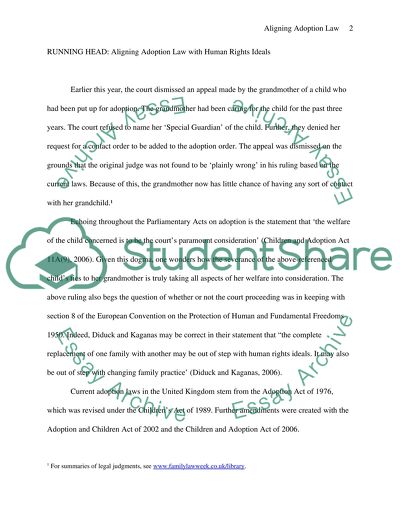Cite this document
(“Aligning Adoption Law Essay Example | Topics and Well Written Essays - 2500 words”, n.d.)
Aligning Adoption Law Essay Example | Topics and Well Written Essays - 2500 words. Retrieved from https://studentshare.org/law/1520554-aligning-adoption-law
Aligning Adoption Law Essay Example | Topics and Well Written Essays - 2500 words. Retrieved from https://studentshare.org/law/1520554-aligning-adoption-law
(Aligning Adoption Law Essay Example | Topics and Well Written Essays - 2500 Words)
Aligning Adoption Law Essay Example | Topics and Well Written Essays - 2500 Words. https://studentshare.org/law/1520554-aligning-adoption-law.
Aligning Adoption Law Essay Example | Topics and Well Written Essays - 2500 Words. https://studentshare.org/law/1520554-aligning-adoption-law.
“Aligning Adoption Law Essay Example | Topics and Well Written Essays - 2500 Words”, n.d. https://studentshare.org/law/1520554-aligning-adoption-law.


